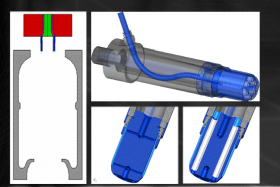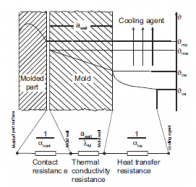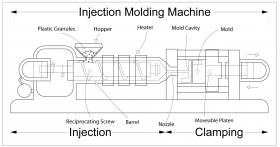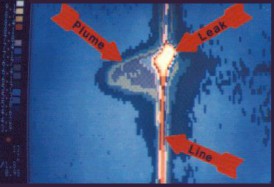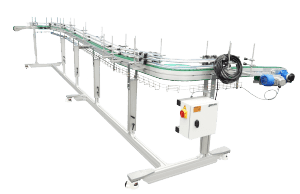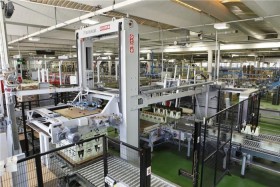Importance of the blowing pressure
This article describes a test setup in a theoretical model to measure the impact of the flushing air, and evaluating the cost of the compressed air against the cooling coefficient gain.
- Published in Heat transfer in blow molding
Importance of the surface
In blow molding the blowing pressure is extremely important. An article from the University of Aachen with a theoretical model on the importance of the pressure in function of the surface geometry.
- Published in Heat transfer in blow molding
Injection
Injection moulding (injection molding in the USA) is a manufacturing process for producing parts by injecting material into a mould. Injection moulding can be performed with a host of materials, including metals, (for which the process is called diecasting), glasses, elastomers, confections, and most commonly thermoplastic and thermosetting polymers.
- Published in Process
ISBM
This has two main different methods, namely Single-stage and two-stage process. Single-stage process is again broken down into 3-station and 4-station machines In the two-stage injection stretch blow molding ( ISBM ) process, the plastic is first molded into a “preform” using the injection molding process. These preforms are produced with the necks of the bottles, including threads (the “finish”) on one end. These preforms are packaged, and fed later (after cooling) into a reheat stretch blow molding machine. In the ISB process, the preforms are heated (typically using infrared heaters) above their glass transition temperature, then blown using high-pressure air into bottles using metal blow molds. The preform is always stretched with a core rod as part of the process.
- Published in Process
Leak detection
Pipeline leak detection is used to determine if and in some cases where a leak has occurred in systems which contain liquids and gasses. Methods of detection include hydrostatic testing after pipeline erection and leak detection during service.
- Published in High voltage
Moveable conveyors
- Published in Conveying
Online or offline labeling in extrusion blow molding
Labeling behind blow molding machines can result in a bubbled surface of the label, due to bottle shrinkage. There are different techniques to improve / solve these problems.
- Published in Process
Packing bottles in boxes
With this article, we try to give an overview of the possibilities of packing bottles in boxes.
When used, the advantages & disadvantages from every solution and what machines are available.
- Published in Packaging automation
Palletizer
A palletizer or palletiser is a machine which provides automatic means for stacking cases of goods or products onto a pallet.
- Published in Packaging automation
PET
Polyethylene terephthalate (sometimes written poly(ethylene terephthalate)), commonly abbreviated PET, PETE, or the obsolete PETP or PET-P, is the most common thermoplastic polymer resin of the polyester family and is used in fibers for clothing, containers for liquids and foods, thermoforming for manufacturing, and in combination with glass fiber for engineering resins.
- Published in Raw material

